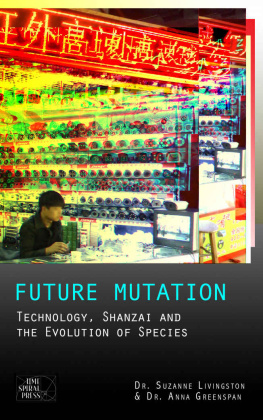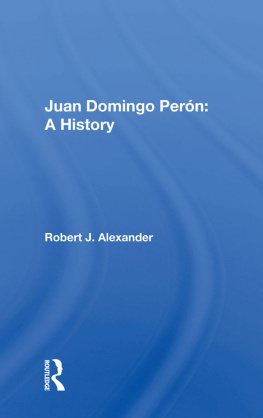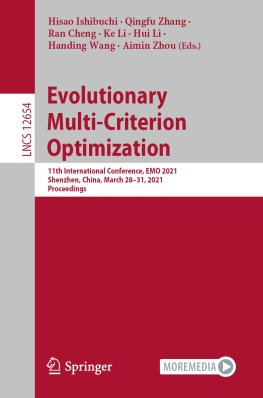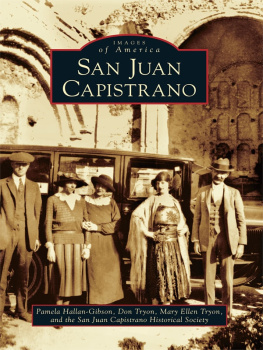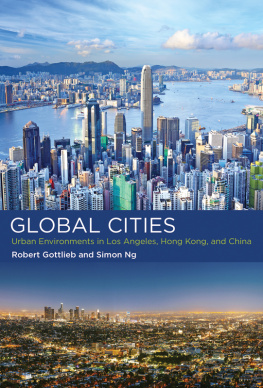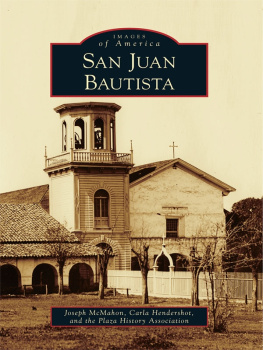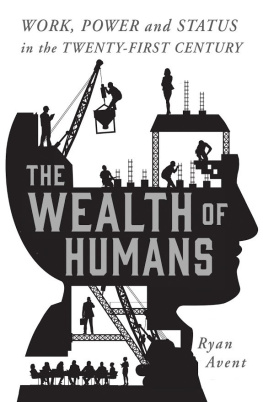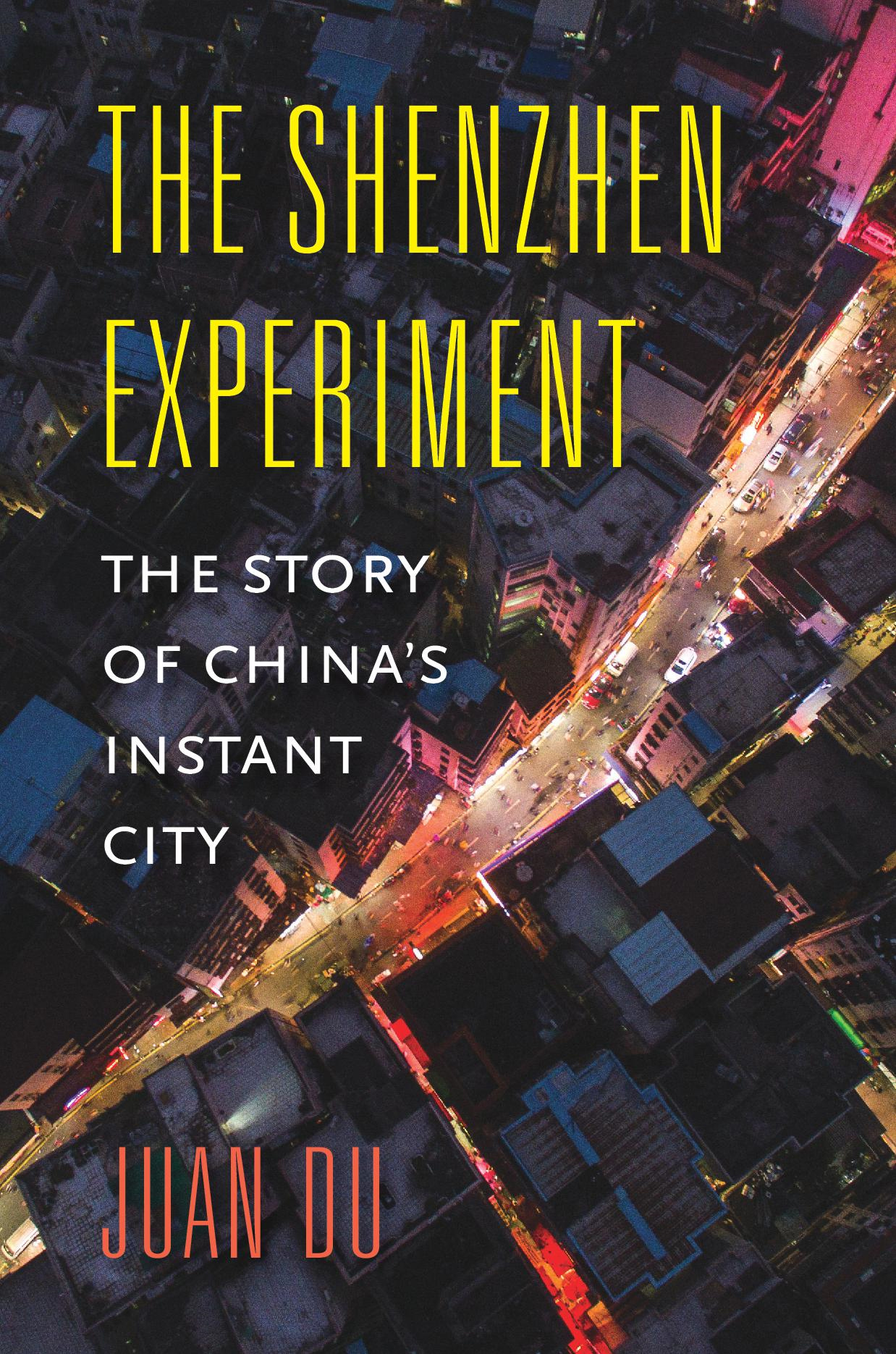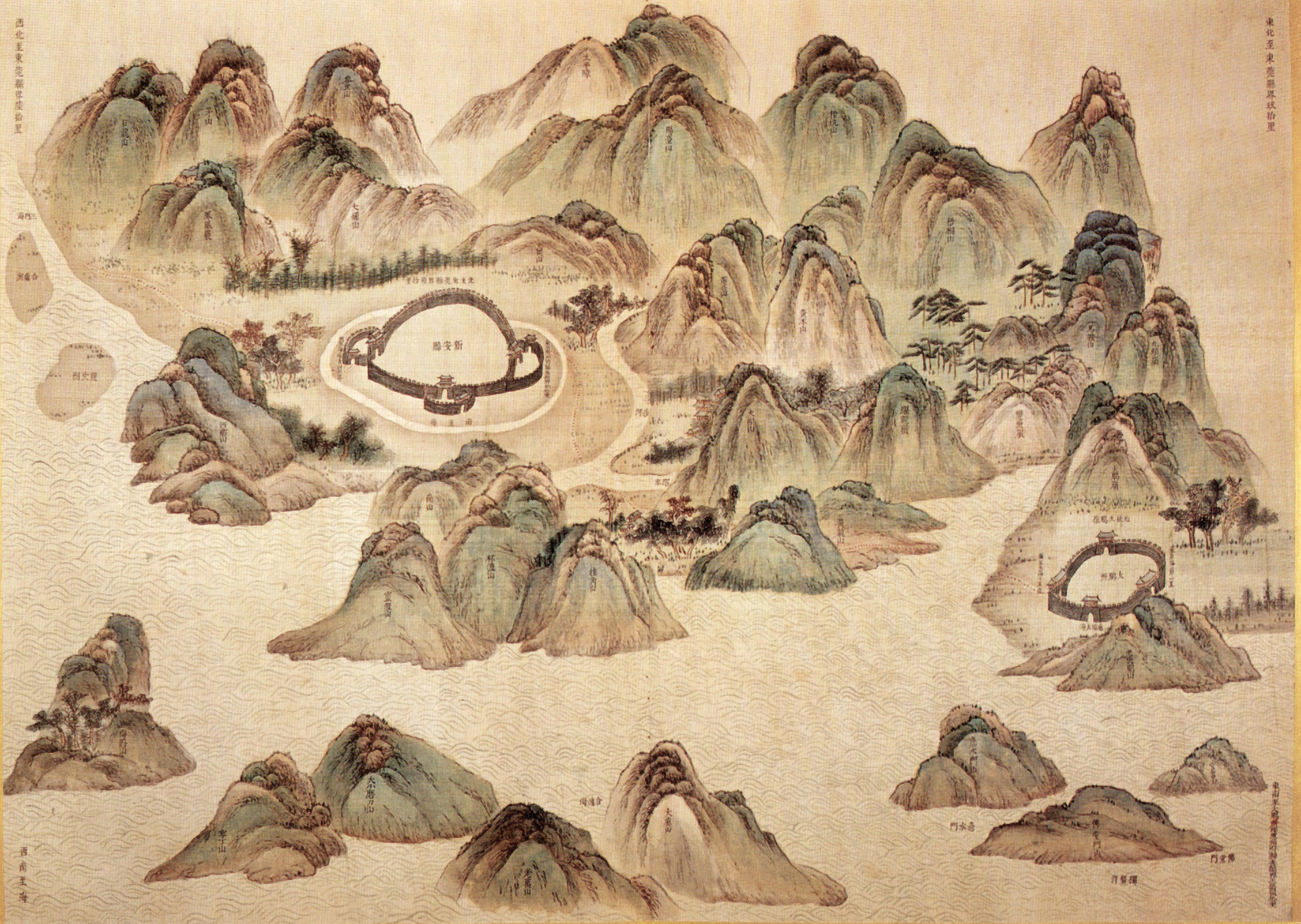978-0-674-97528-6 (alk. paper)
Names: Du, Juan (Author of Shenzhen experiment), author.
Title: The Shenzhen experiment : the story of Chinas instant city / Juan Du.
Description: Cambridge, Massachusetts : Harvard University Press, [2020] | Includes bibliographical references and index.
Subjects: LCSH: Shenzhen Shi (China)History. | Urban renewal ChinaShenzhen Shi. | City planningChinaShenzhen Shi. | Shenzhen Jingji Tequ (Shenzhen Shi, China)
H aving missed the last flight out from Shenzhen, I reluctantly stayed the night. During the course of that humid late summer evening, I accidentally stumbled upon an urban scene that I had never encountered in all my previous visits to the city. The experience dramatically changed my perception of Shenzhen and, unbeknownst to me at the time, shaped much of my later professional and academic pursuits, including the writing of this book.
During that summer of 2005, I was flying from Beijing to Chinas southern city of Shenzhen on a weekly basis. I had visited important sites in the city and spoken with countless city officials and experts. By the end of the summer, all that I had seen and heard led to a convincingly unified story of Shenzhen. Established in 1979 as a special economic zone (SEZ), Shenzhen grew from a small fishing village into a sprawling metropolis in mere decades, a modern-day miracle of an instant city. The most representative song from Chinas early reform era is called The Story of Spring, and it defined not only Shenzhen, but the spirit of the country during Chinas Reform and Opening Up:
The Year of 1979
That was a spring
There was an old man
Drawing a circle by the South China Sea
Mythically building a great city
Miraculously forming a mountain of gold
Shenzhen! Shenzhen!
The Test Pilot of Chinas Reform and Opening
The old man in this popular song is Deng Xiaoping, who is globally credited with having single-handedly pivoted China toward economic reforms. The circle by the South China Sea refers to Shenzhen, the iconic city that has come to represent the success of the countrys rapid economic turnaround. The images of Deng, reform, wealth, and Shenzhen have been interwoven and embedded into the collective consciousness of China as well as the rest of the world.
Narratives of Shenzhens history emphasize its meteoric growth, unprecedented in human history: from a rural community with a small indigenous population, Shenzhen became a megacity of over ten million people by the mid-2000s. Fast-forward another ten years, and the citys population today has reached twenty million. The magnitude of Shenzhens population growth is made all the more impressive by its speed of economic development. From 1980 to 2000, Shenzhens GDP increased from 0.15 billion to over 200 billion yuan, averaging more than 40 percent increase per year. By 2017, Shenzhens GDP had grown another tenfold to 2.2 trillion yuan (US $338 billion), finally surpassing Asias leading financial capital cities of Hong Kong and Singapore. Shenzhens success has earned it both admiring and disparaging labels, from miracle city and model city to instant city and generic city. Shenzhens achievements are often attributed to the power of the centralized state and its modern planning, while the citys reputed lack of history or local characteristics is optimistically theorized as a secret to success, enabling possibilities and the pursuit of the new without an obligation to consider the past. I had shared similar views of Shenzhen before my first visits in the summer of 2005, when I was engaged in curatorial activities to develop a large-scale exhibition marking the citys twenty-fifth anniversary. The exhibition was organized by the municipal government to celebrate Shenzhen and its achievements in city planning and architecture.
My initial visits to Shenzhen were on a schedule aligned with the hustle of the citys development. Mornings were spent on the cross-country flight from Chinas northern capital to the southern border city. Then came a car ride into the city center on the high-speed parkway that might have been anywhere in China; if not for the Chinese characters on the billboards and toll booth signs, it could have been anywhere in the developed world. In constant traffic, I was driven along the grand Shennan Boulevard, referred to by some as the business card of Shenzhen because it represented the best the city had to offer. Both sides of the boulevard were lined with tall towerssome colorful and postmodern, others sleek and futuristicset amid carefully tended tropical greenery and flowering plants. My travel routine ended with arrivals at various meeting locations in modern, clean, and mostly new government buildings, office towers, schools, commercial centers, and construction sites. Buildings were under construction all over the city, designed by American, Japanese, Italian, Dutch, and Chinese architects, each more ambitious than the one before. The city is affluent, professional, efficient, sanitized, designed for fast cars and faster people. During the first months of the project, I chose to leave as quickly as possible on the last flight out each dayuntil I missed it that one summer night.

Overview of Shenzhens three central districts along the citys main transportation spine, Shennan Boulevard. Viewed from the first urbanized Luohu District toward Futian District, with Nanshan District in the distance.
My local host at the Design Department of the Shenzhen Municipal Planning Bureau had kindly upgraded my accommodation at the Overseas Chinese Town (OCT), an area popular with tourists eager to visit elaborate theme parks. I decided to go for a late evening walk in the well-lit neighborhood. I passed a guarded entrance to a gated residential compound, a luxury shopping mall dimming its lights for the night, and an Italian restaurant where the employees were putting away canopies and chaise lounges before closing up. Lulled into a more relaxed state at seeing the city closing down for the night, I strolled farther, noticing that the buildings and streets were becoming more compact and less orderly. Making a random turn back in the general direction of the hotel, I found myself in an unexpected open space.


